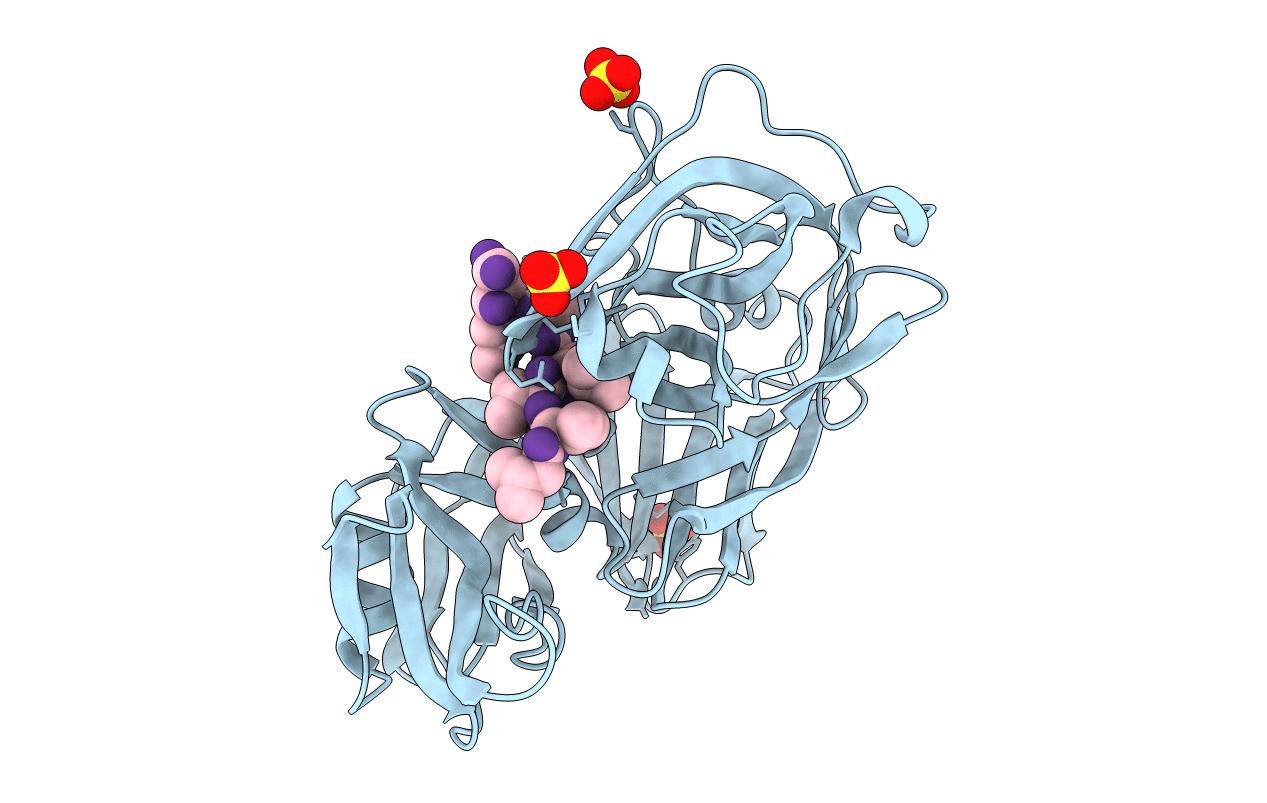
Deposition Date
1990-10-20
Release Date
1991-01-15
Last Version Date
2024-10-30
Entry Detail
Biological Source:
Source Organism:
Cryphonectria parasitica (Taxon ID: 5116)
Streptomyces argenteolus subsp. toyonakensis (Taxon ID: 285516)
Streptomyces argenteolus subsp. toyonakensis (Taxon ID: 285516)
Method Details:


